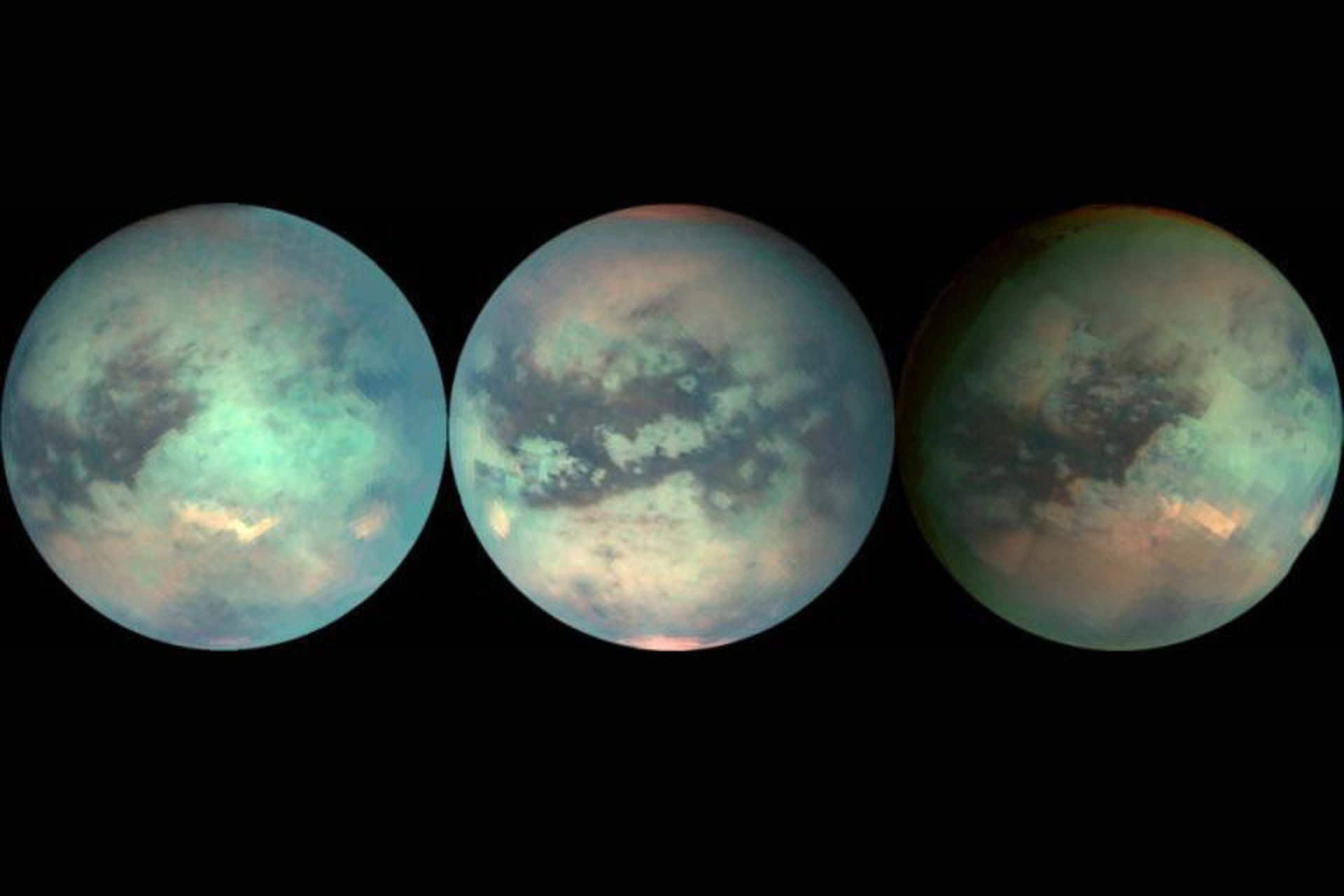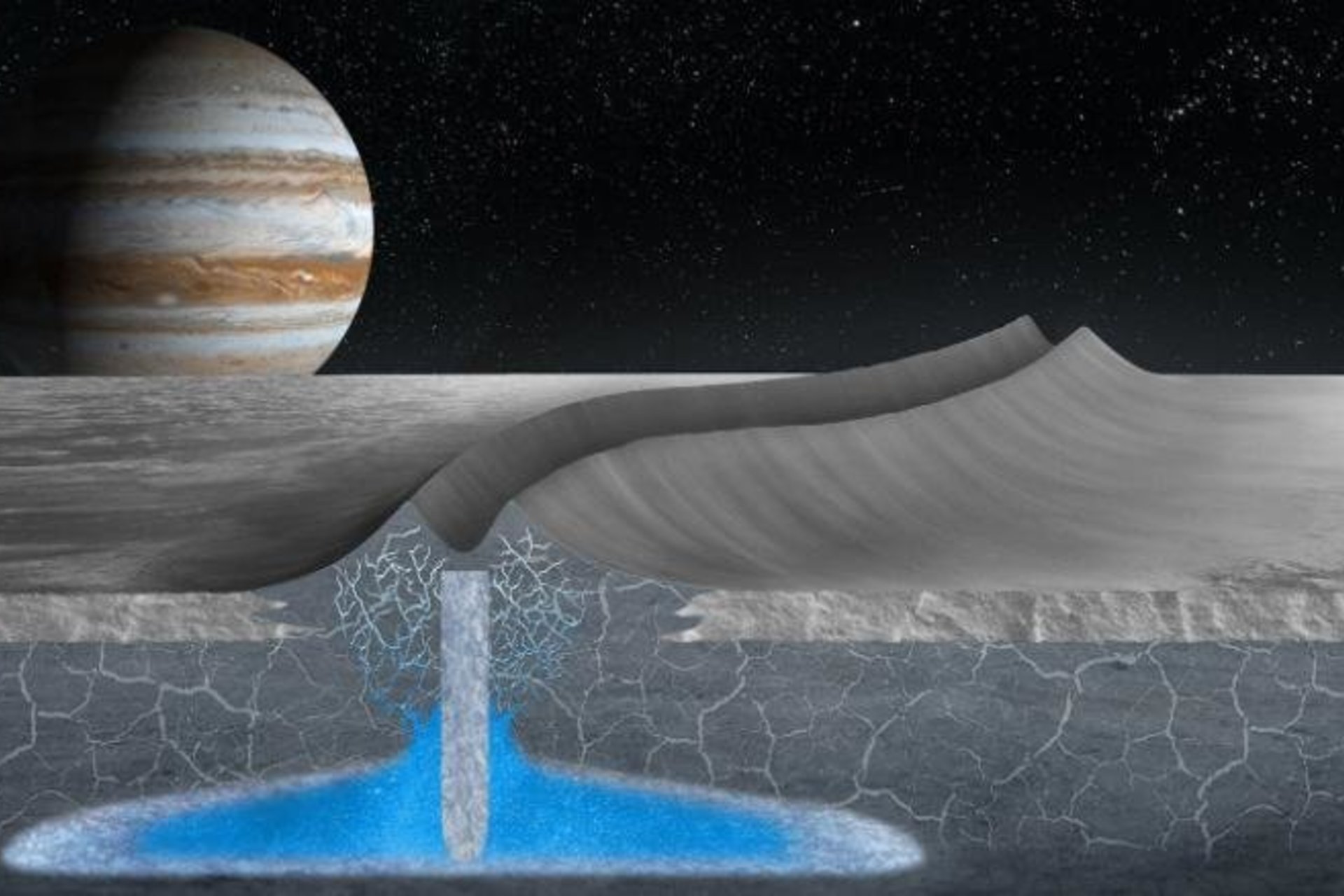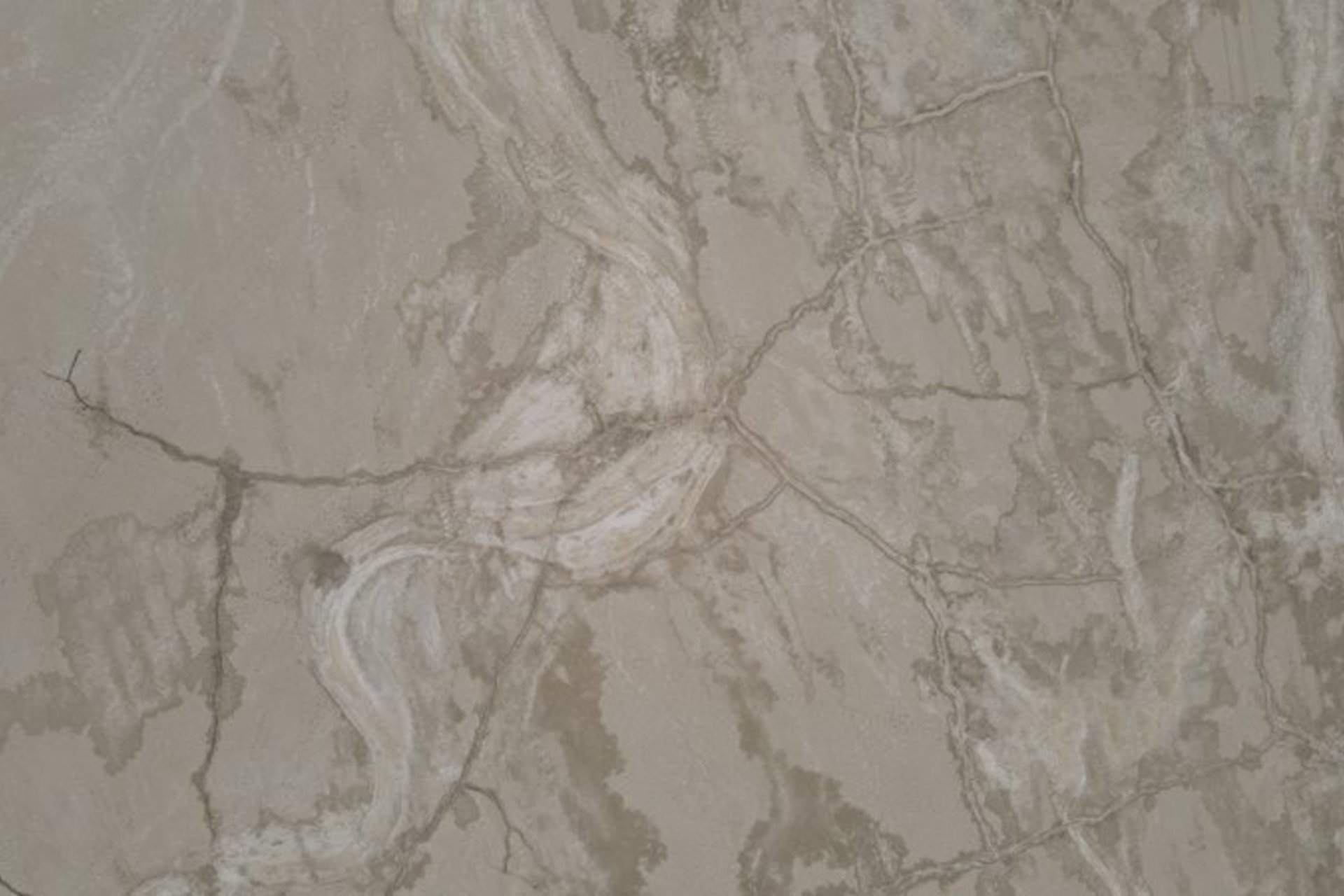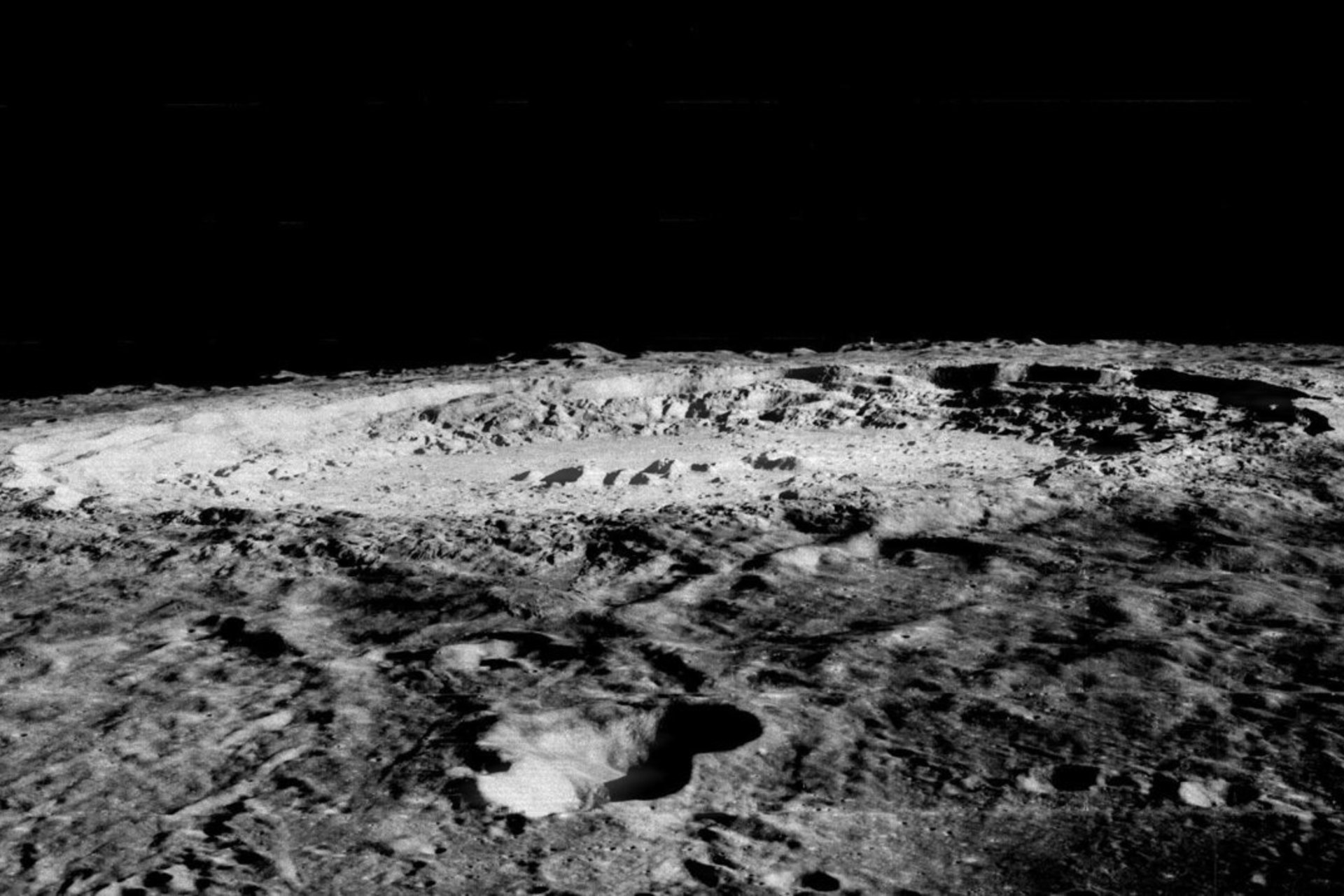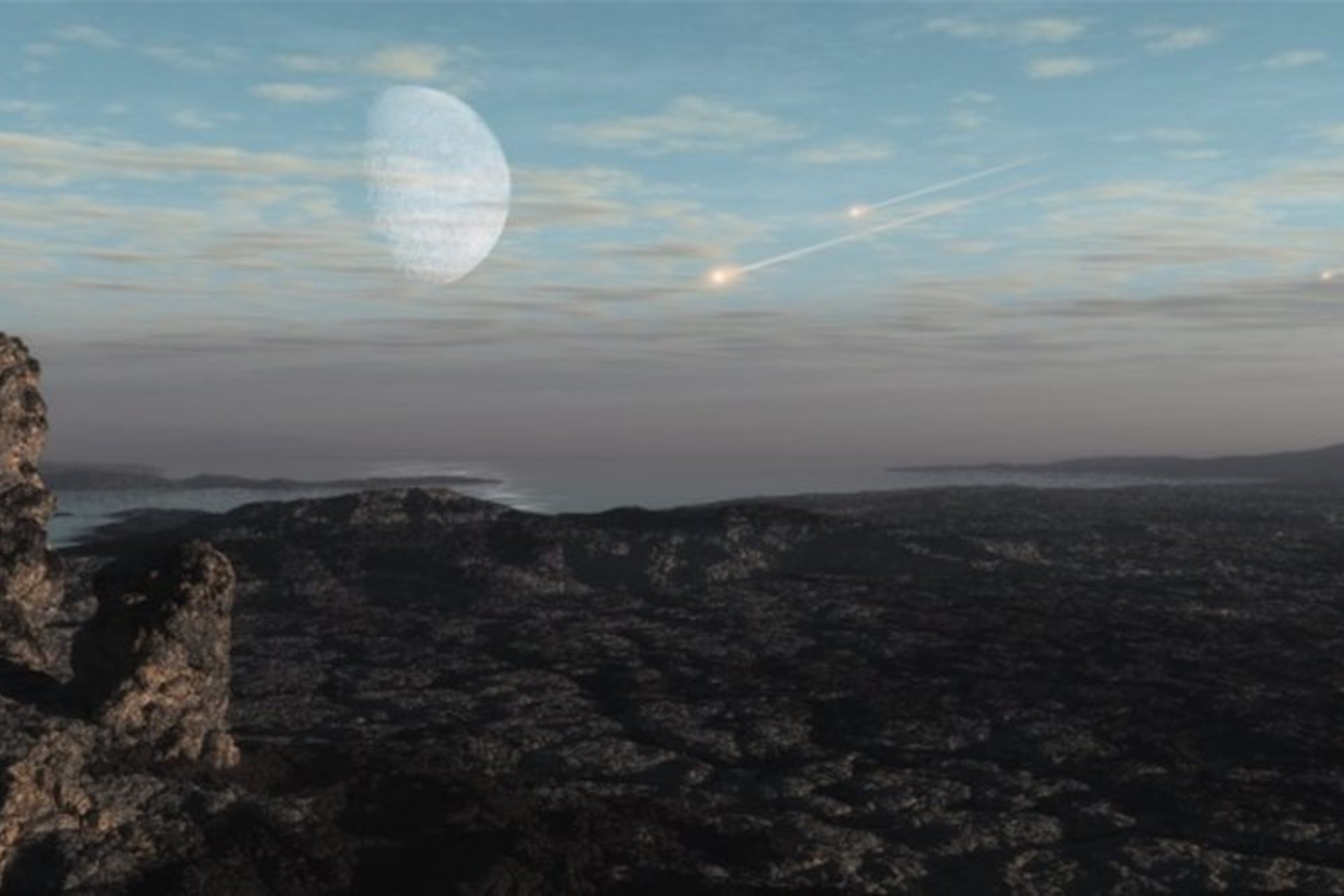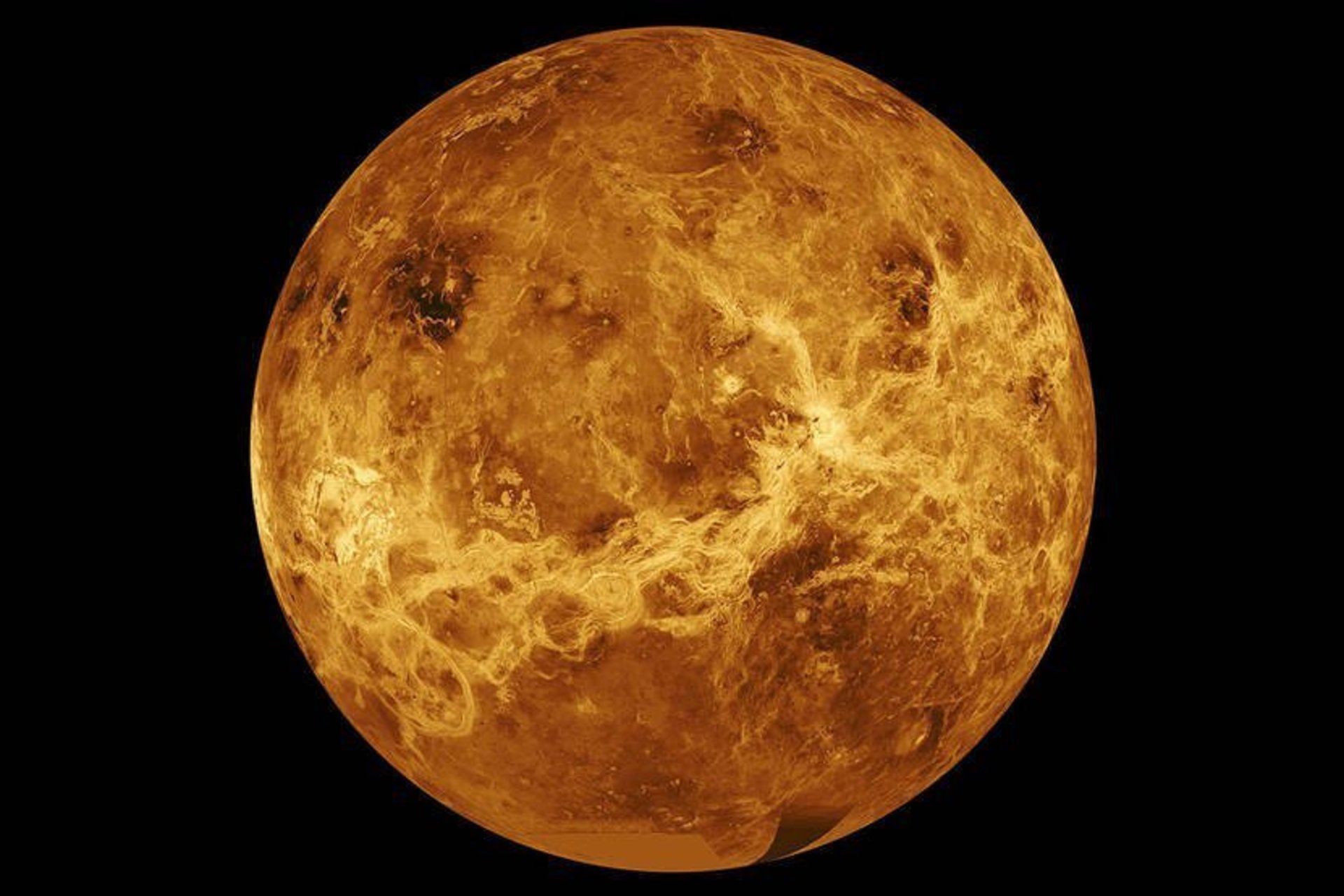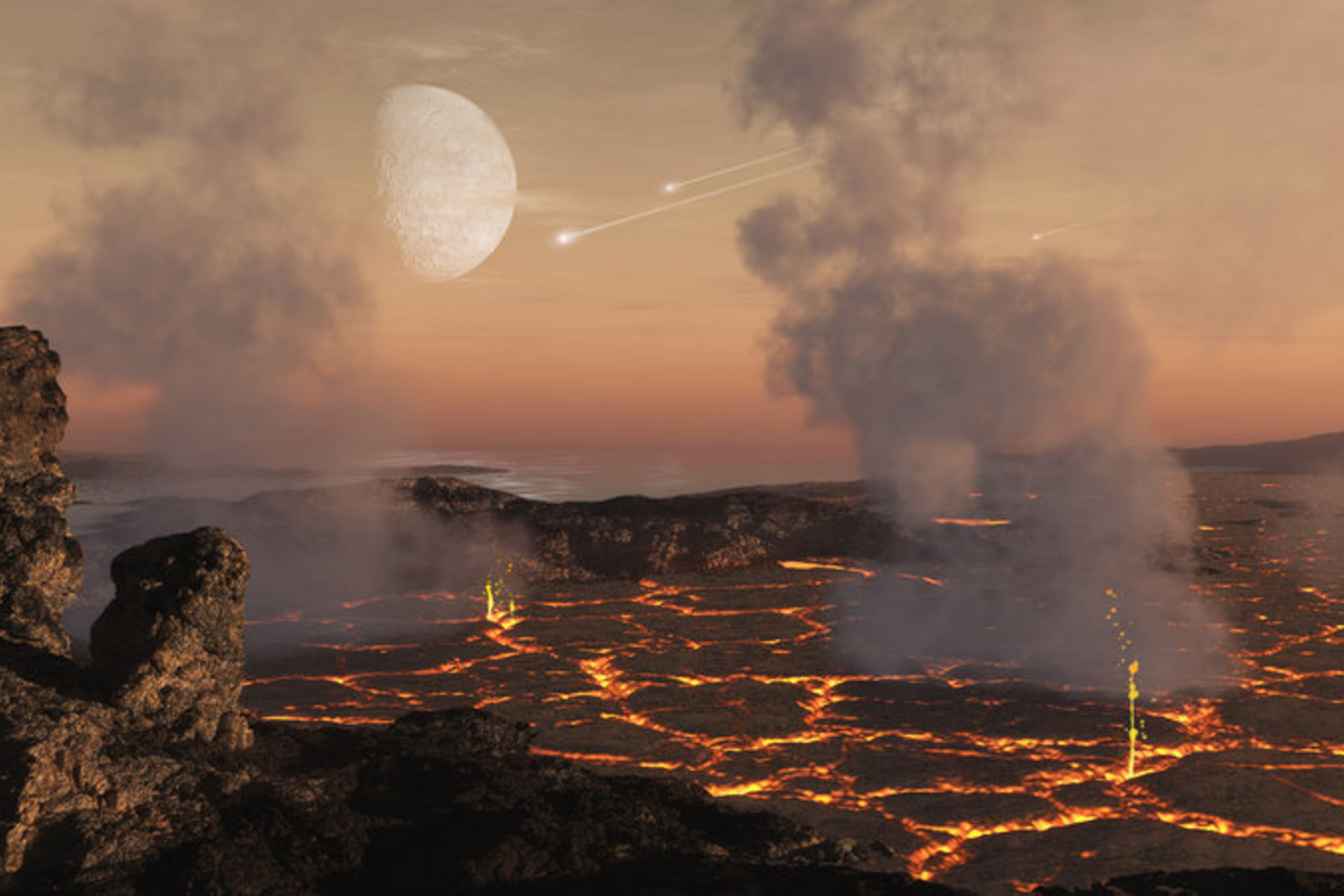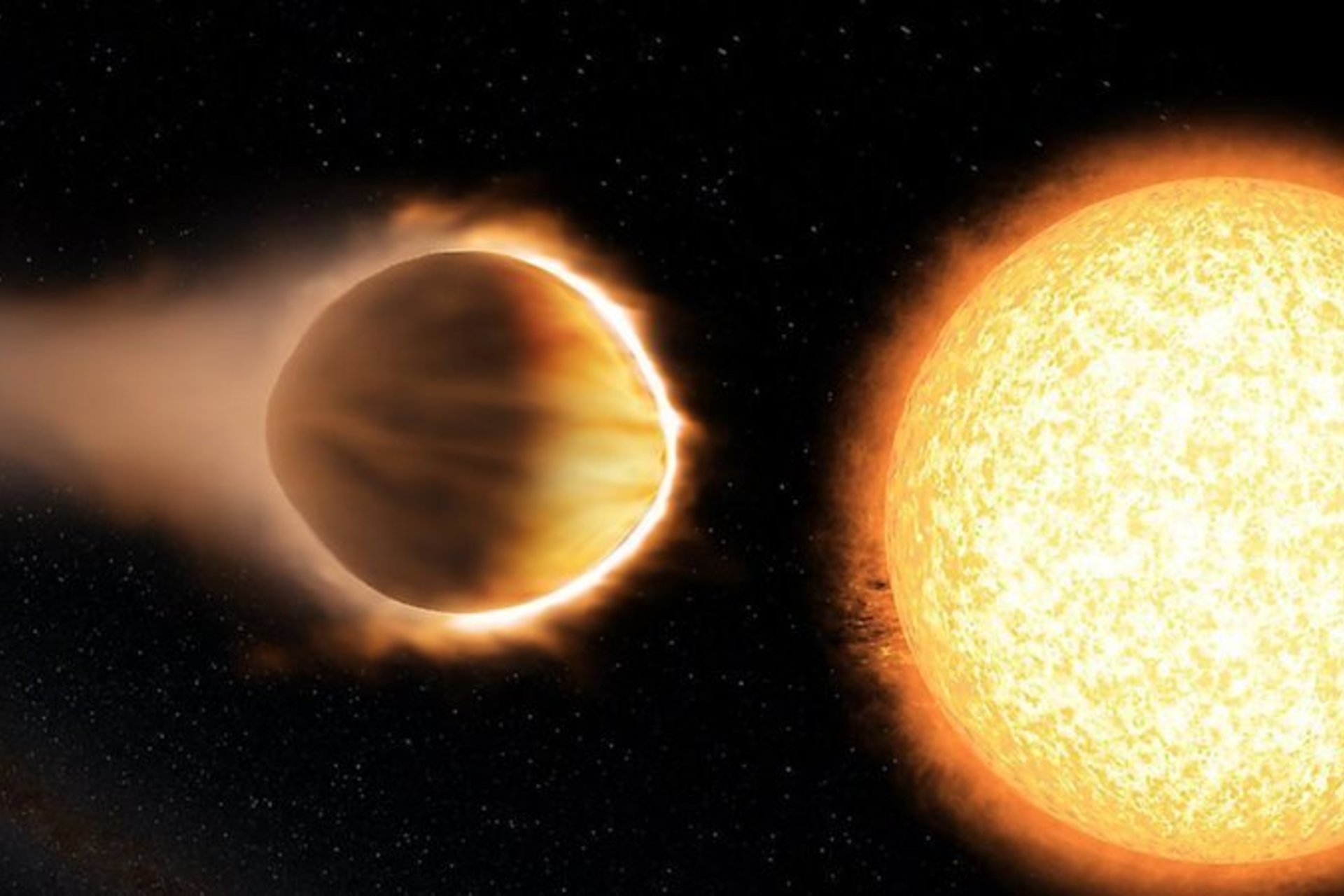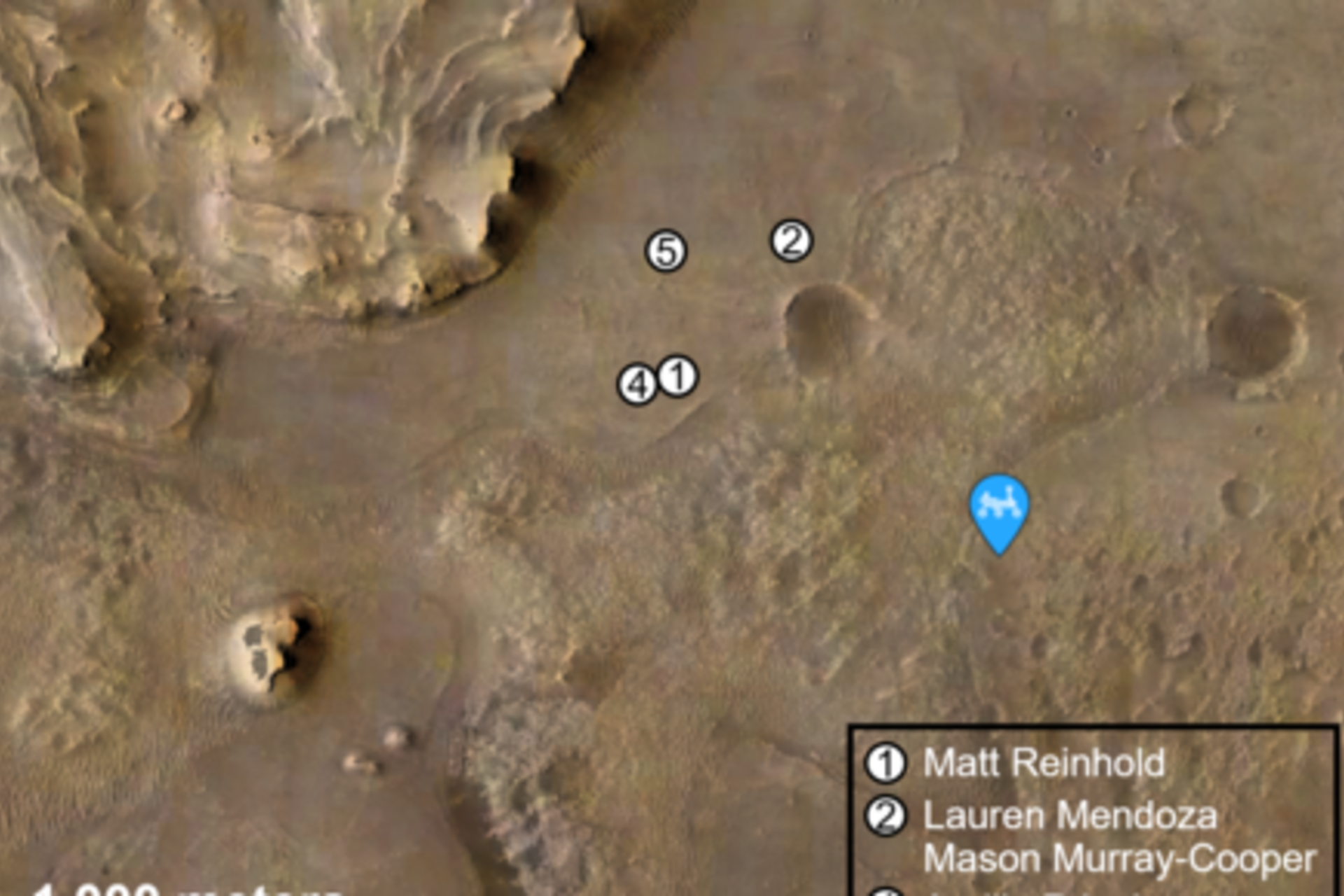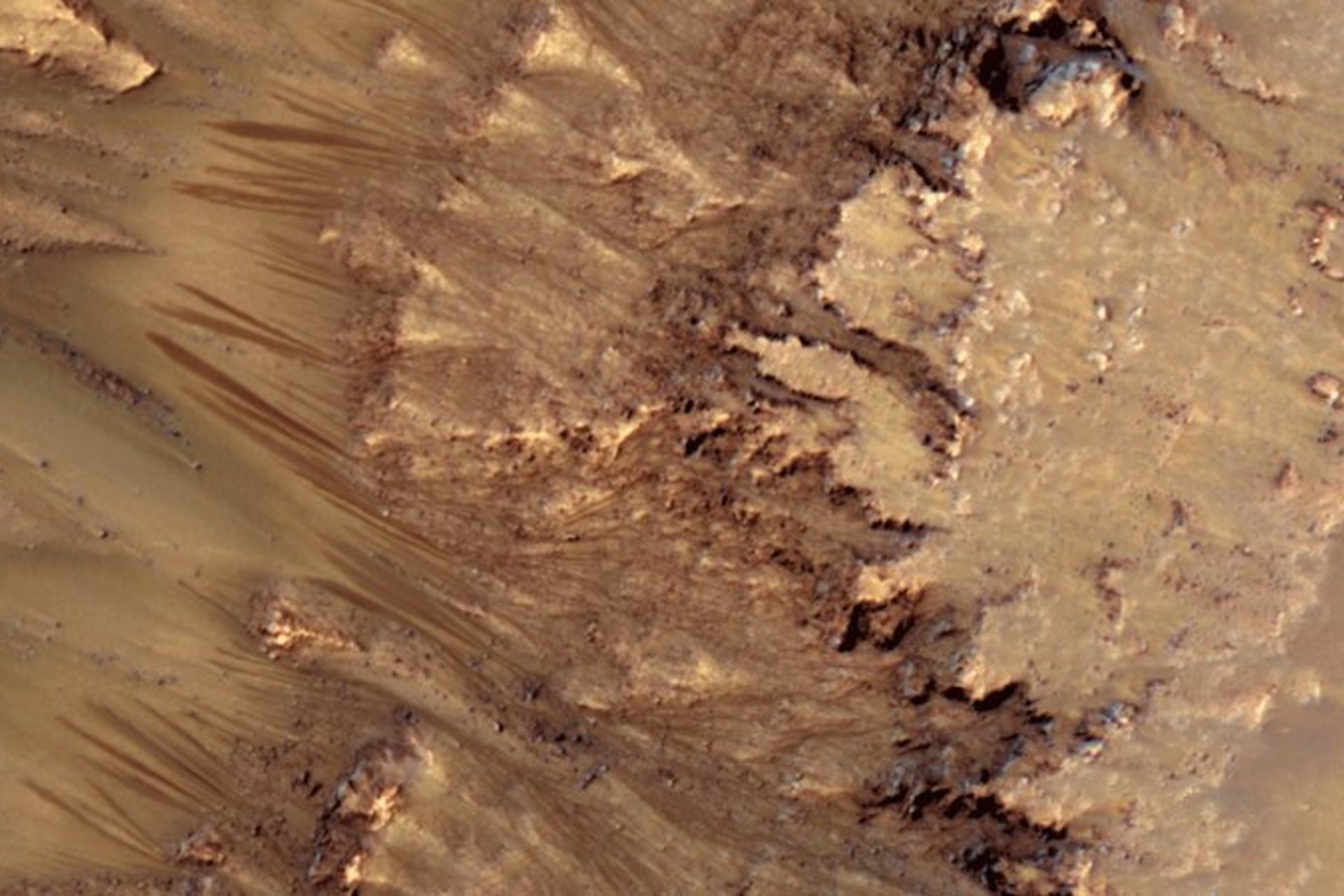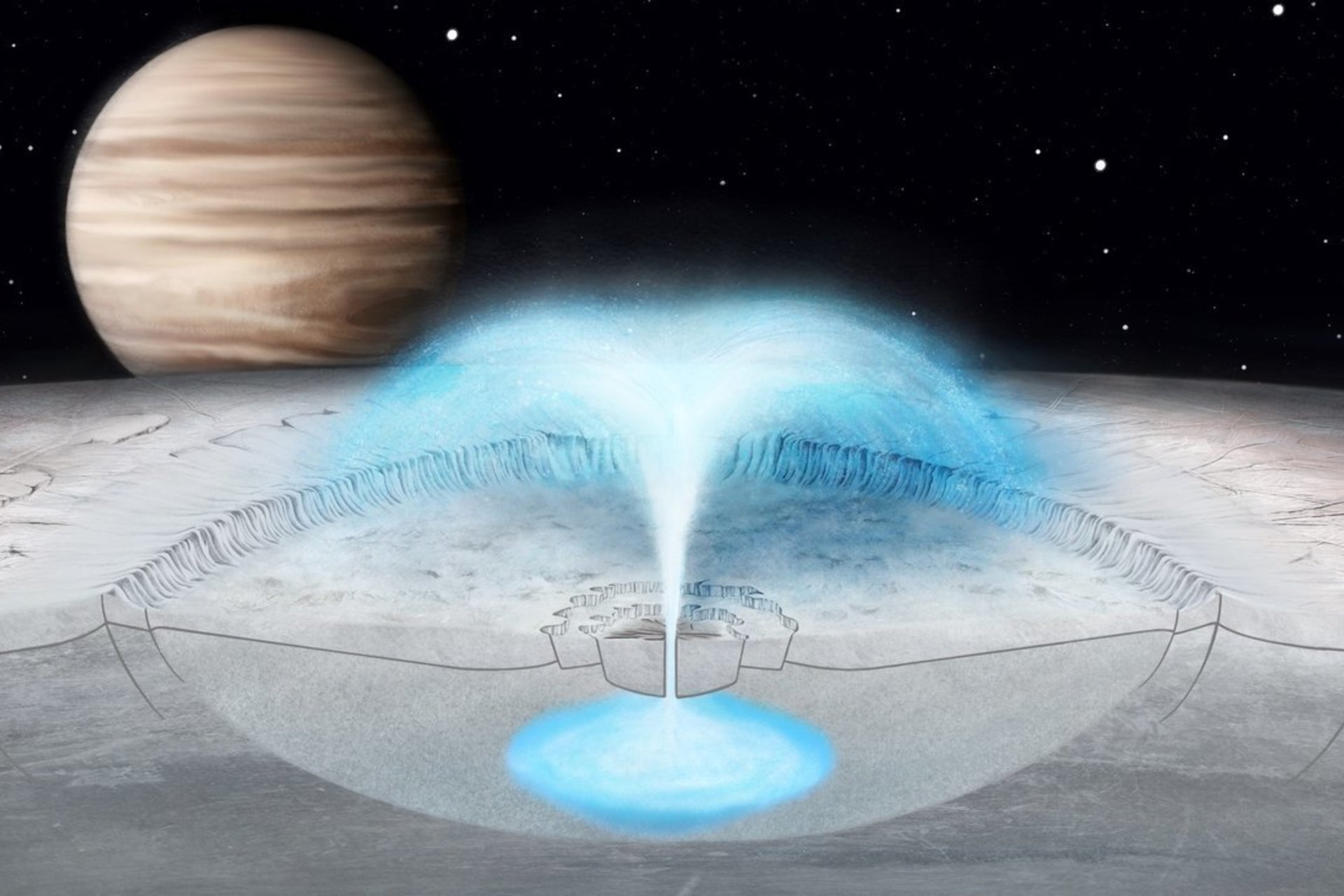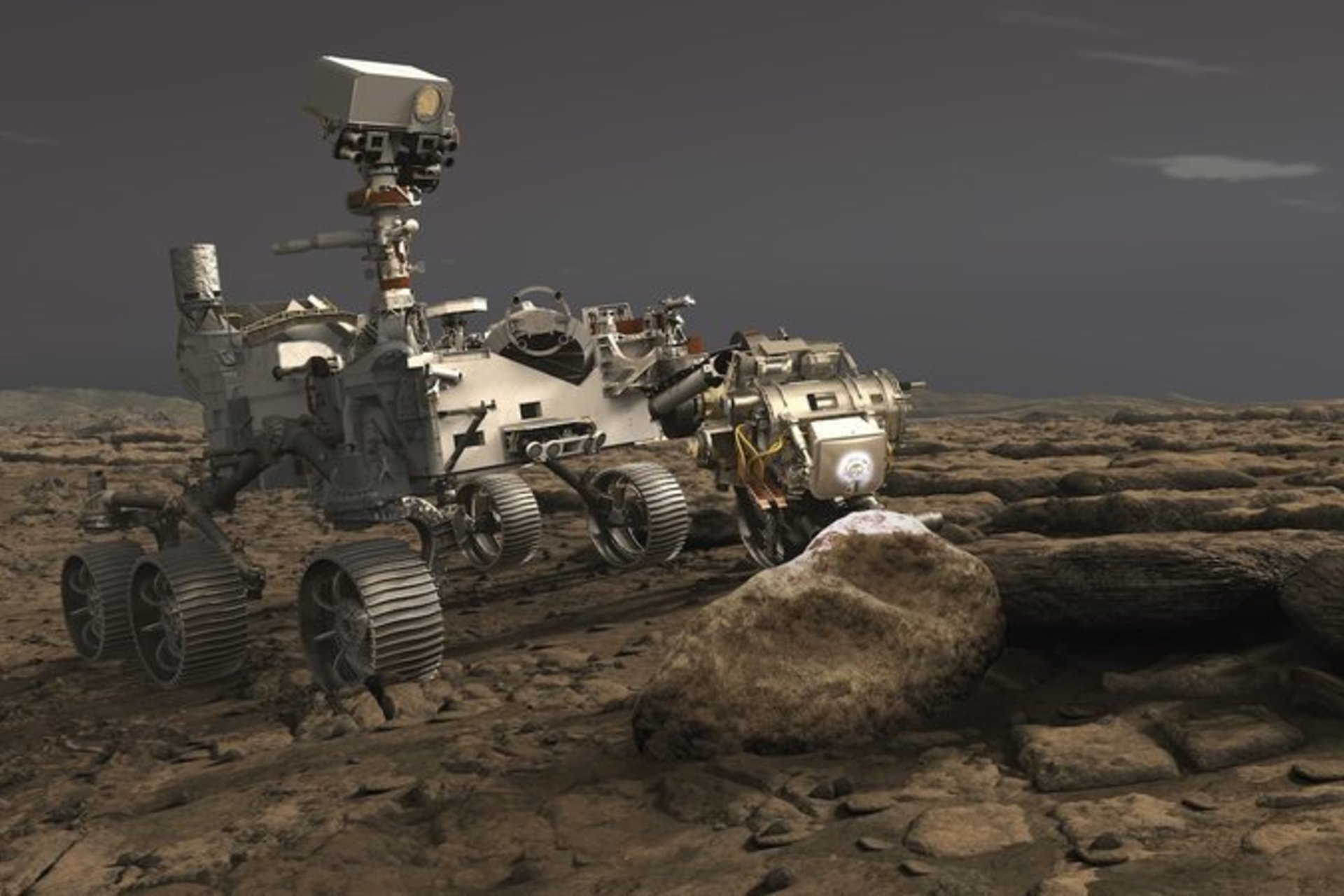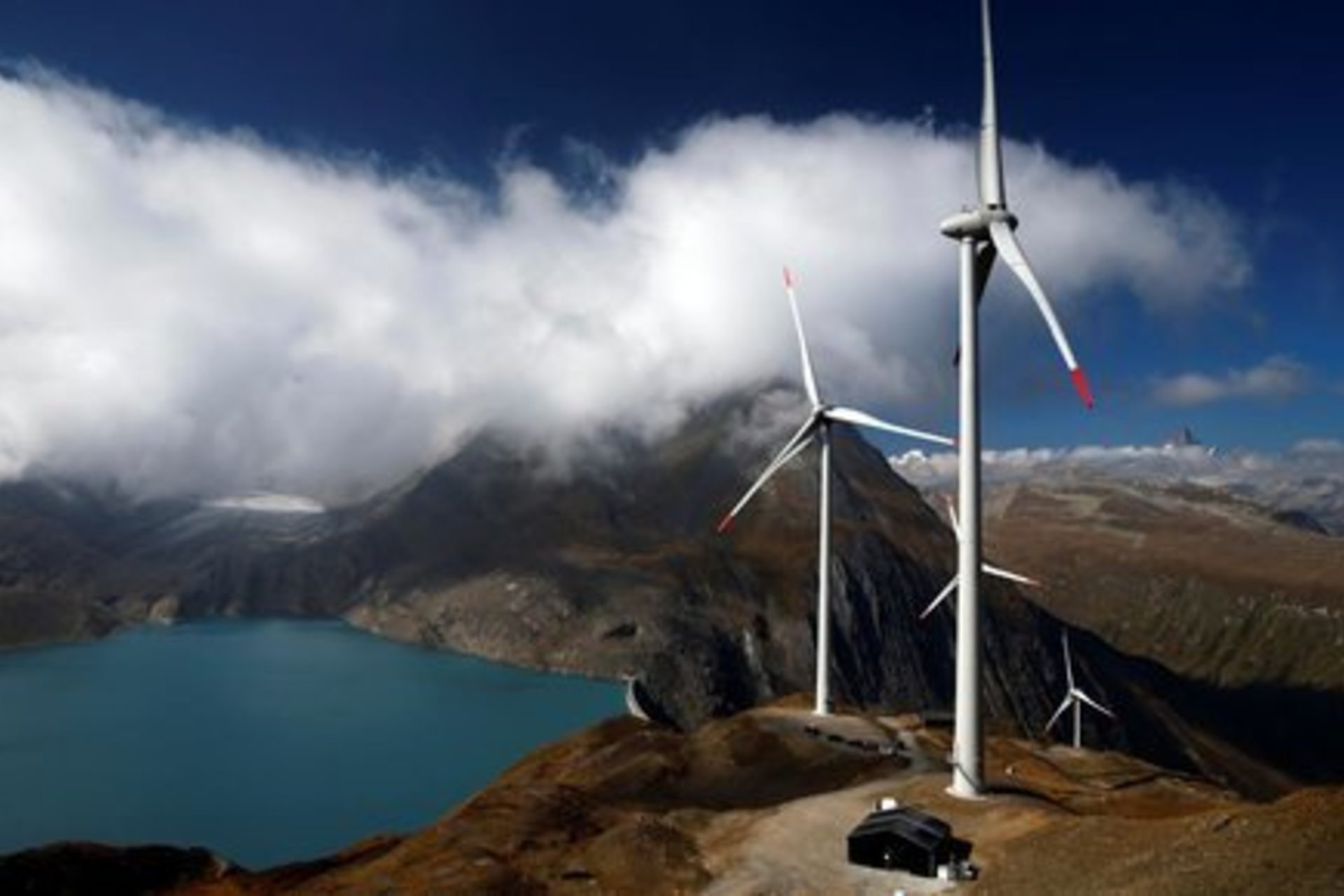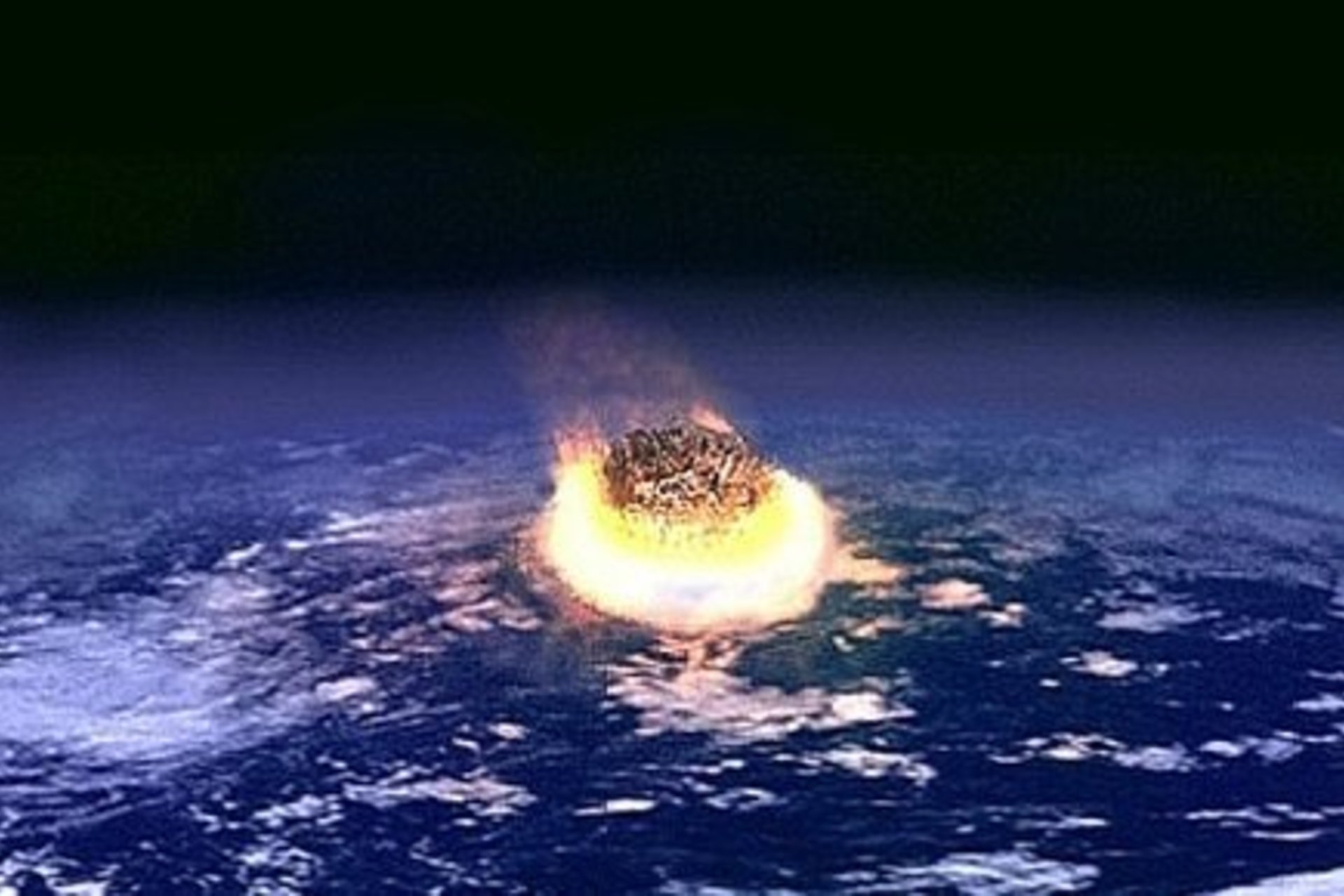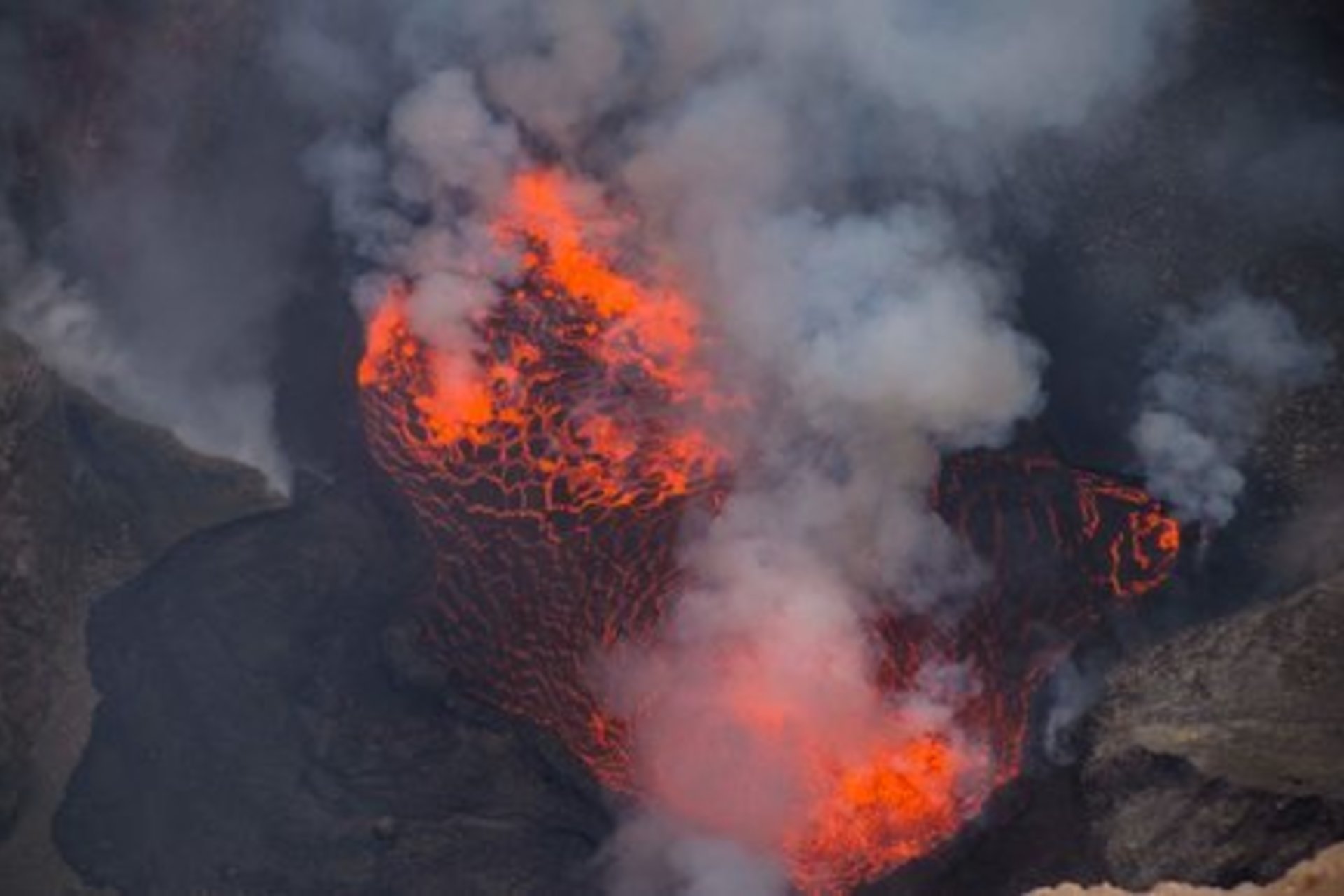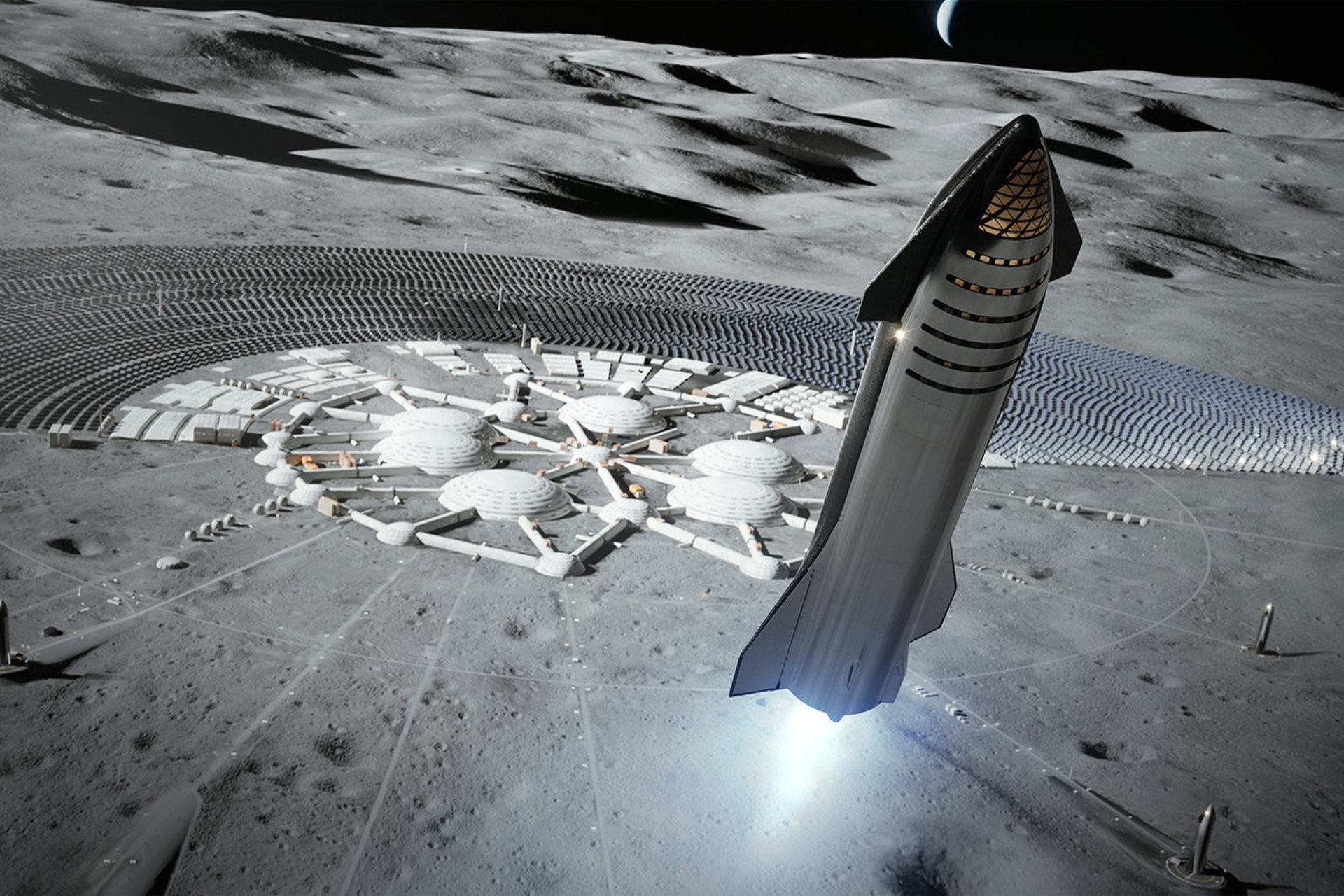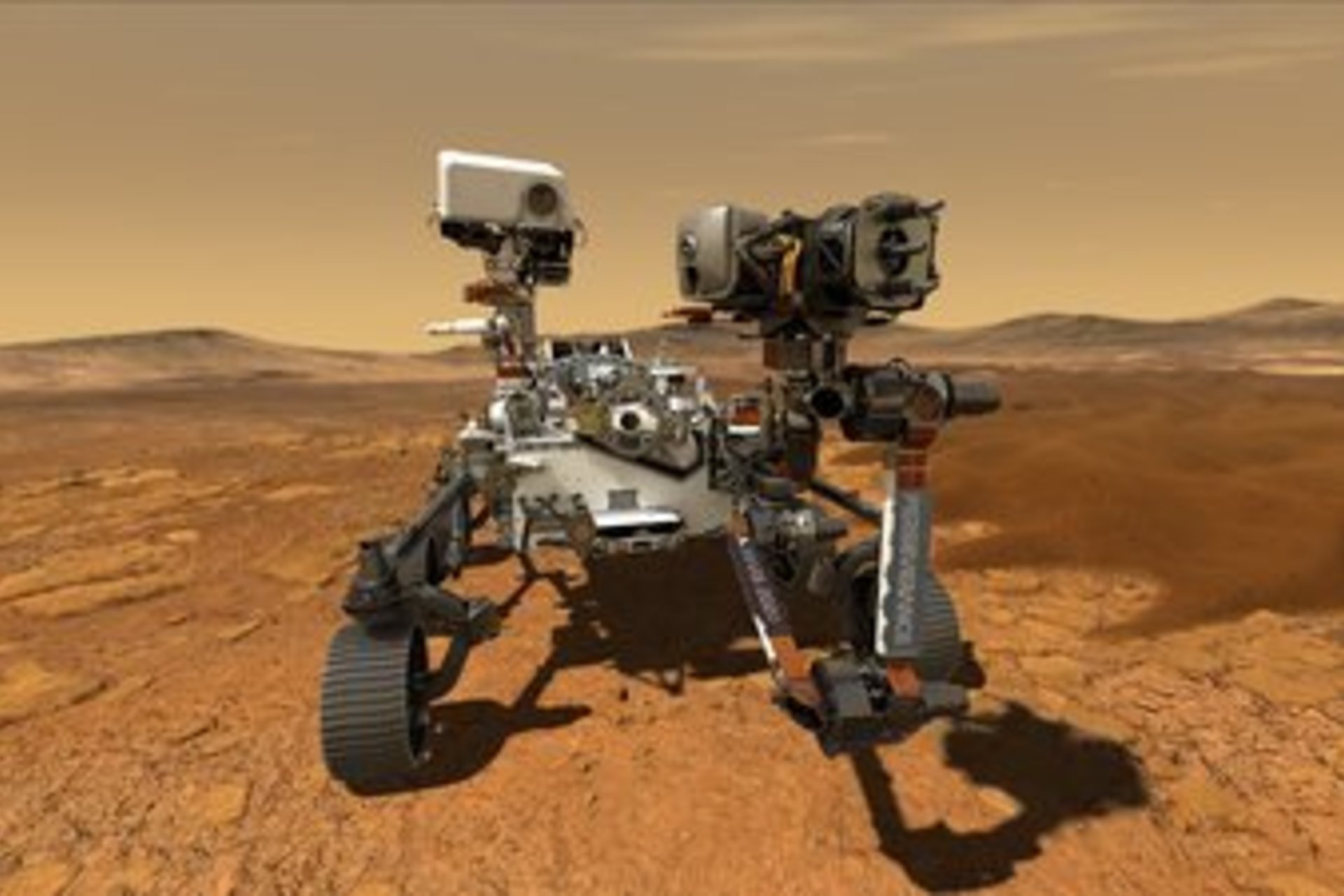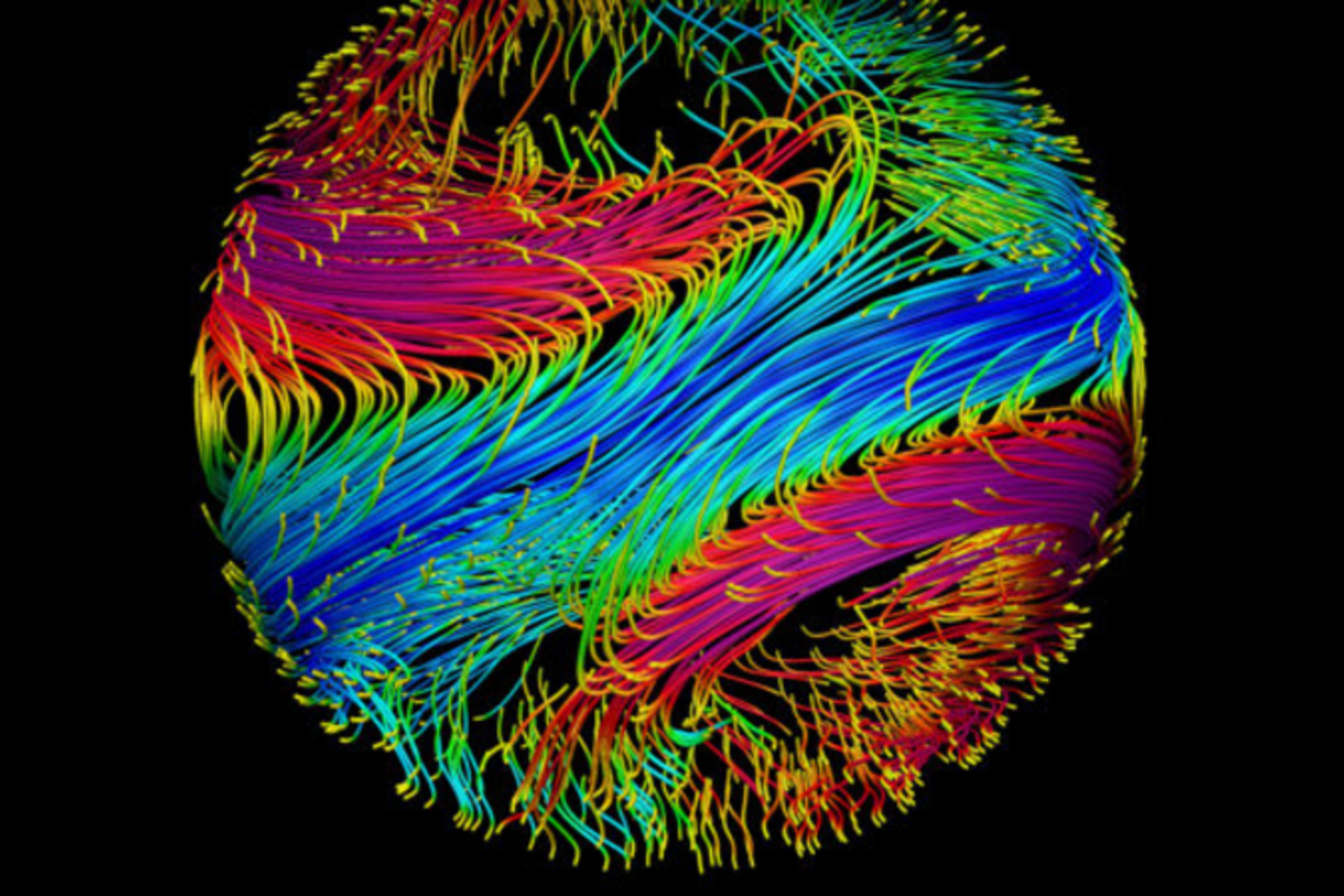Planetary Science News
-
Caers, professor in Earth & Planetary Sciences, shared how his struggles evoked the realization that he no longer wanted to be an “enabler” for the fossil fuel industry.
-
A new hypothesis reveals that a global sedimentary cycle driven by seasons could explain the formation of landscapes on Saturn’s moon Titan. The research shows the alien world may be more Earth-like than previously thought.
-
Ice-penetrating radar data from Greenland suggests that shallow water pockets may be common within Europa’s ice shell, increasing the potential habitability of the Jovian moon’s ice shell.
-
Geologists have long assumed that the evolution of land plants enabled rivers to form snakelike meanders, but a review of recent research overturns that classic theory – and it calls for a reinterpretation of the rock record.
-
New modeling suggests giant, cool blobs of titanium-rich rocks sinking down to the ancient Moon’s hot core could have produced intermittently strong magnetic fields for the first billion years of the Moon’s history.
-
A new model of ancient asteroids bombarding the Earth has been applied to understand how oxygen levels in Earth’s atmosphere evolved.
-
Much about Earth’s closest planetary neighbor, Venus, remains a mystery. Algorithms and techniques pioneered by Stanford Professor Howard Zebker’s research group will help to guide a search for active volcanoes and tectonic plate movements as part of a recently announced NASA mission to Venus.
-
The gases released from meteorite samples heated in a high-temperature furnace can tell scientists about the initial composition of the atmospheres of rocky exoplanets.
-
New research suggests that hot, rocky planets in other solar systems could form and keep thick atmospheres full of water.
-
A new theory that helps explain geological and chemical processes on Mars also suggests the martian environment continues to be dynamic, with implications for both astrobiology and future human exploration of the Red Planet.
-
Geophysicist Sonia Tikoo discussed the Moon's early magnetic field, which scientists can constrain by dating magnetized rock samples.
-
A new model shows how brine on Jupiter’s moon Europa can migrate within the icy shell to form pockets of salty water that erupt to the surface when freezing. The findings, which are important for the upcoming Europa Clipper mission, may explain cryovolcanic eruptions across icy bodies in the solar system.
-
According to Stanford University Mars experts, NASA’s latest Martian rover will drive a wave of exciting discoveries when it lands on the Red Planet – and possibly alter scientists’ understanding of the blue one it launches from.
-
Prof. Inês M.L. Azevedo and fellow researchers explore the paths to Net Zero.
-
The Chicxulub impact crater that is linked to the extinction of the dinosaurs hosted a hydrothermal system that chemically and mineralogically modified more than 100,000 cubic kilometers of Earth’s crust, according to new research.
-
Scientists are still trying to piece together how Earth transformed from a molten planet to one with living creatures walking around on its silicate mantle and crust. Hints lie in the strange ways materials behave under extreme temperatures and pressures.
-
The former director of NASA Ames discusses how the advent of new activities and players in the exploration and use of space is raising fresh challenges and concerns about planetary protection.
-
New research indicates river delta deposits within Mars’ Jezero crater – the destination of NASA’s Perseverance rover on the Red Planet – formed over time scales that promoted habitability and enhanced preservation of evidence.
-
Scientists exploring space are bringing back insights about Earth’s deep past, its complicated relationship with life and our planet’s future.
-
How did those planets form? Could they exist in our universe? Could Star Wars really happen? Stanford Earth experts on planetary formation, processes and habitability discuss the science behind the fictional saga.


